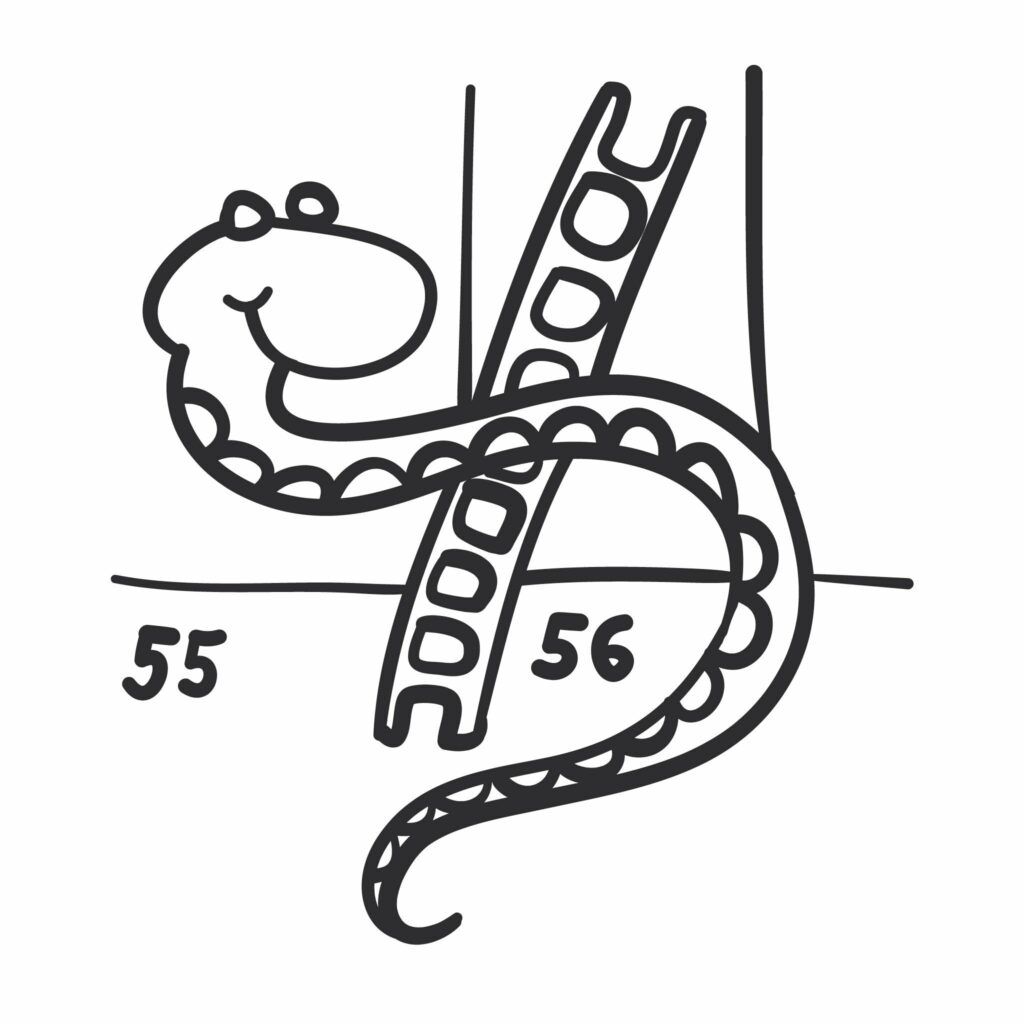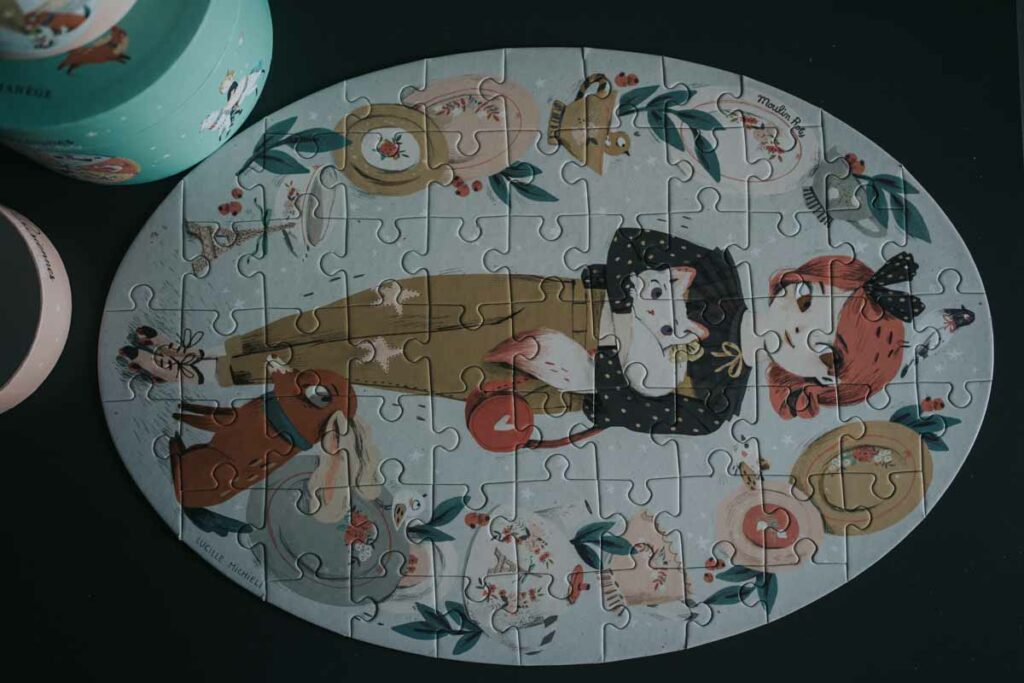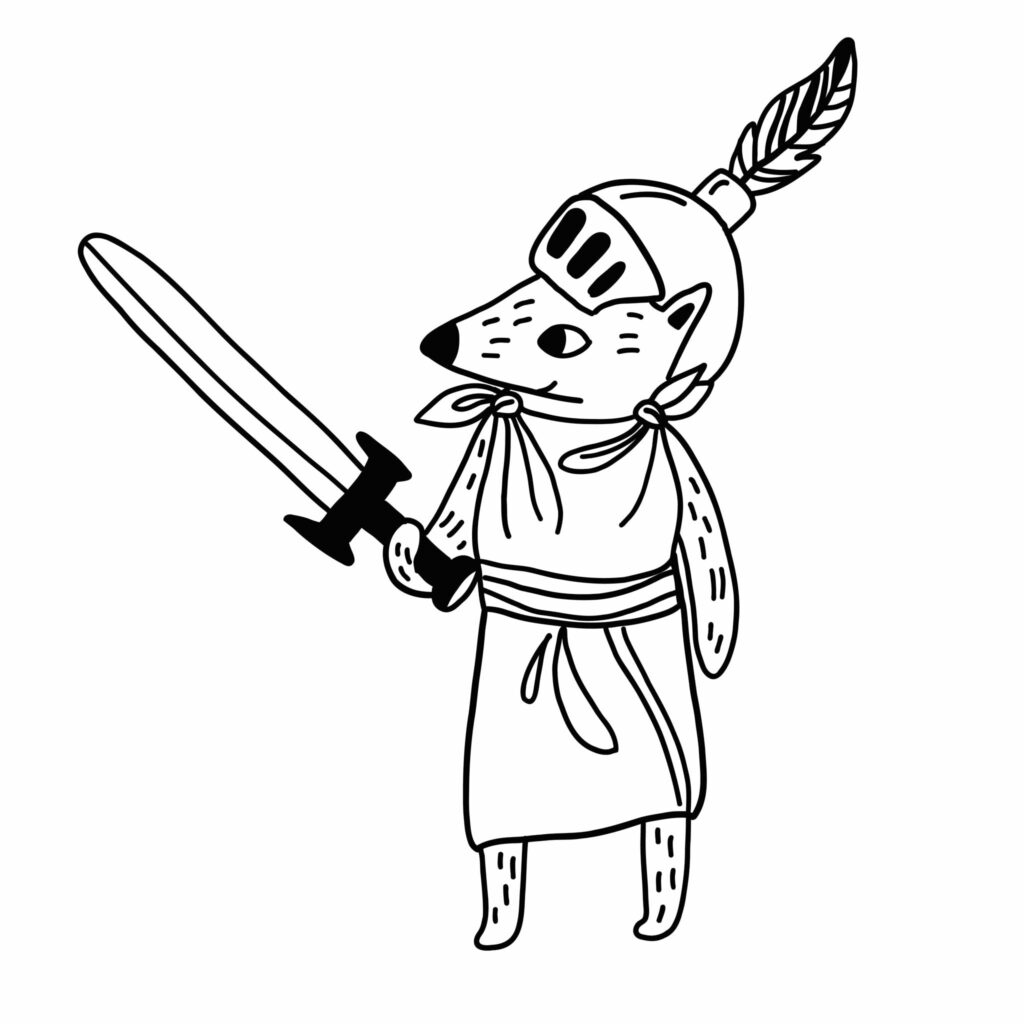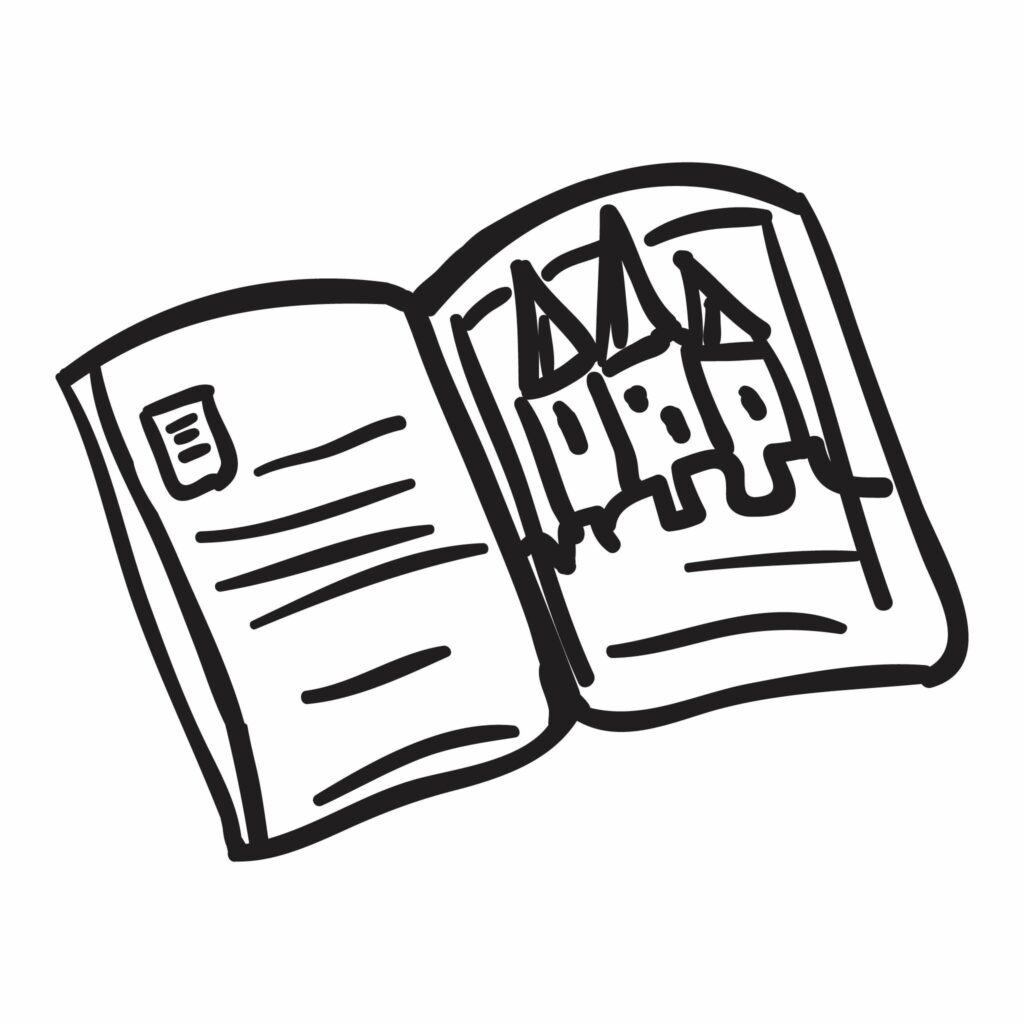Would you like to help your child learn some maths but don’t know where to begin? Or do you think that maths is something that happens once children start school?
In early years teaching, there are two main branches of maths: number and shape. At first glance they don’t seem to have too much in common. But there are two key concepts that connect the two: equivalence and transformation.
5 + 3 is equivalent to 8 and two 2 x 1 Lego blocks are equivalent to a single 2 x 2 block.
You can transform 5 into 8 by adding 3. You can transform an isosceles right triangle into a square by adding a second triangle.
But what does all this have to do with play for the under 5s?
You don’t have to do lots of maths worksheets to be ready for school.
A good nursery will be full of opportunities to explore equivalence and transformation in a practical way. Block play, sand and water, shape puzzles. These are all great ways to get a feel for maths, to develop an instinctive understanding of what it means to add or subtract. If you can build towers of equal height using blocks of different sizes you have demonstrated your grasp of number bonds, the idea that there are many ways to make a number (2 + 8, 5 + 5 and 9 + 1 all equal 10).
Table of contents:
- Counting songs and counting to 10 and beyond
- Cardinal, ordinal and nominal numbers
- Counting objects: one-to-one correspondence
- Tips to learn times tables
- Seriation
- Conservation
- Shape, space and measure
- DIY resources for maths
- Final word
In the same way as singing the alphabet song isn’t the same as recognising the letters, counting to one hundred isn’t the same as learning to count. Before a child can begin to understand numbers and what they mean, they need to become familiar with number words, and the sequences they come in.
Try to make counting fun by using songs and nursery rhymes to introduce numbers. Most of us know ‘one, two, three, four, five, once I caught a fish alive’ but you can make up your own tunes or get them to sing the numbers along to a favourite song and see where you can get to. Once counting to 100 is secure, try counting in tens. As well as reinforcing the order of the decades, counting in 10s is the beginning of multiplication and the first step to mastering those pesky times tables!
Match numbers to their names
Once you have mastered counting to 10, you can begin to match words to numerals. Number charts and friezes on the wall are the simplest and most effective way to begin. Charts with 1-100 in a square are the most helpful, as they help to reinforce the tens. If you’re feeling creative, make your own and colour it in together – the more time spent focussing on each number, the more familiar your child will be with the symbol on the page. Later on you can move to books and games like number snap. Take your time to get to know each number, talk about it, how it sounds and looks, and practice writing it down. Playground games like hopscotch are great for outside number play.
Counting objects
Once children have learnt the number names, they can start to count for real. The important thing about starting to count is what teachers call ‘one-to-one correspondence’: knowing there are four bananas in the bowl because they have counted four bananas, not saying there are four, because it comes after three. It’s a simple thing but fundamentally important to all mathematical learning. And like most of the Essential 100, can be easily mastered at home.
Count as you walk up and down the stairs or as you empty the shopping into the fruit bowl, count the number of steps it takes from the house to the car or how many brushes of hair before bedtime. Take it slowly and point only once to each object that you are counting. Board games like Spotty Dogs and Ladybirds are also fun and easy way to develop counting skills.
Seriation
This is the idea that you can organise objects according to characteristics such as height or length, i.e. put them in order or series
Like a lot of the concepts we cover in this series, you can try to teach it explicitly, using Montessori knobbed cylinders, for example. But it’s much better to let children figure it out for themselves.
Children under one will spend many happy hours trying to post an object into an opening. They are starting to understand bigger and smaller.
Then it’s time for small, medium and large. Read Goldilocks or The Three Billy Goats Gruff. Play with nested toys like bowls, boxes or Russian dolls. Arrange toy figures in height order. Build steps or pyramids with blocks.
After that you’re ready to tackle ordinal numbers, 1st, 2nd, 3rd.
Toys for maths
- Snakes and ladders
- Abacus
- Shape sorter
- Top trumps
DIY resources for maths
- 100 square
- number line
- loose parts for counting and sorting
Make maths part of everyday life
Parents are often amazed at how much their child’s maths improves over the reception year. A large part of this is down to the classroom environment. Numbers, number lines and 100 squares are displayed prominently. It’s not uncommon to see a child look up at, or walk over to, a label or chart somewhere in the room that displays the number they want to copy.
You can use the same concept at home with maths posters on the wall and magnetic numbers on the fridge. A 100 square and a number line will be surprisingly popular and you may find your child standing in front of them, reciting numbers and setting themselves questions.
You don’t need to spend hours a day to see progress. The compounding effects of daily practice can be huge. If you’re pressed for time, this might even be 10 minutes watching number songs on YouTube while you get the dinner ready. Leverage your time, like any teacher would. Yes, it would be nice to teach them everything yourself, but sometimes your energy is better spent elsewhere.




